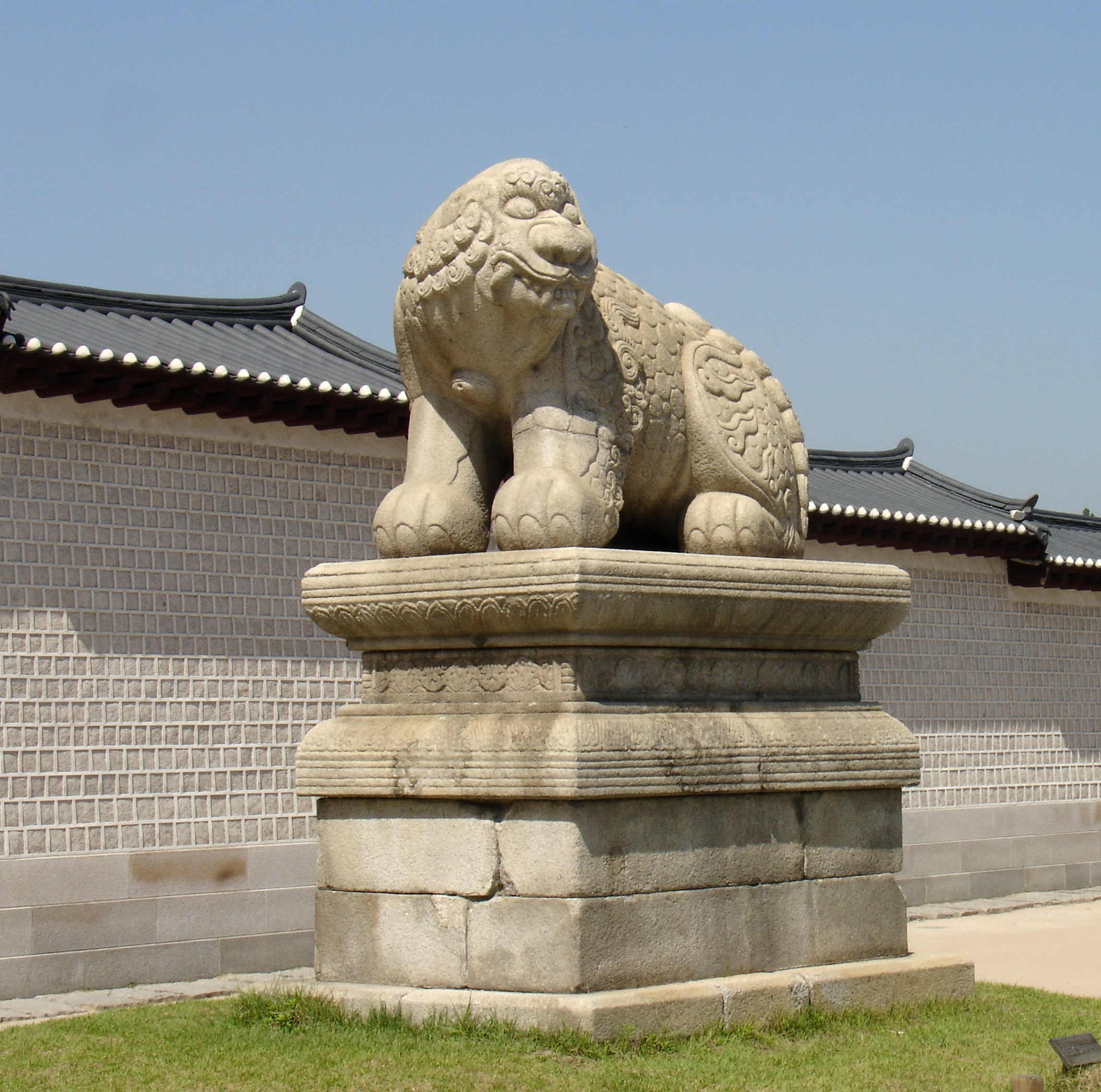Korea:
An Enduring Culture

![by samuel orchard from australia (bulguksa uploaded by caspian blue) [cc-by-sa-2.0 (http://creativecommons.org/licenses/by-sa/2.0)], via wikimedia commons href='http://commons.wikimedia.org/wiki/file%3akorea-gyeongju-bulguksa-33.jpg by samuel orchard from australia (bulguksa uploaded by caspian blue)](4_graphics/gyeongju-bulguksa-33.jpg)
A weakened royal throne culminated in the submission to Japanese colonial
annexation
. With hope for a new future emerging after liberation at the end of World War II, the three-year Korean War inflicted another catastrophic blow to peace, tranquility, and prosperity on the peninsula. Despite historical odds, South Korea in the 21st century has emerged as a proud member of the
Group of Twenty (G20 nations)
, having earned global success in the arts, entertainment, consumer goods, ship building, semi-conductors, and information technology. Among nations that have
received
financial aid from the World Bank and from the International Monetary Fund, Korea is the
only nation
to have overcome adversity to become a
donor
to others on the international stage. Korean success is also manifested in the
Korean diaspora
, where Koreans have contributed to and have assimilated into the cultures of countries on every continent. Who are these people?
Over the millennia, Korea has been
"Flourishing Eastern Sea Country"
[해동성국 / Hae-dong sung gook]
"Country of Dangun"
[단국 / Danguk (mythical father of the Korean people)]
"Land of Scholarly Gentlemen"
[군자지국 / Gunjaji-guk (a reference to Confucianism)]
"Eastern Country of Courtesy"
[동방예의지국 / Dongbang yeuiji-guk]
"Land of Beautiful Scenery"
[금수강산 / Geum-soo Gahng Sahn]
"The White-Clad People"
[백의민족 / Baeg-ui-min-jok]
"Blue Hills"
[청구 / Cheong Goo (distant mountains often appear blue)]